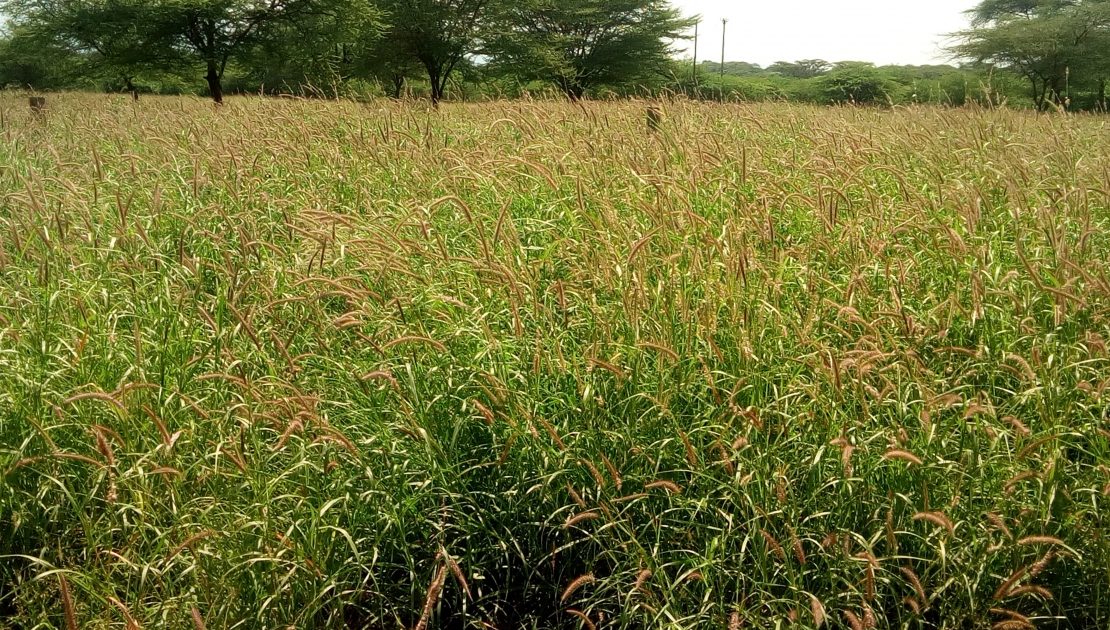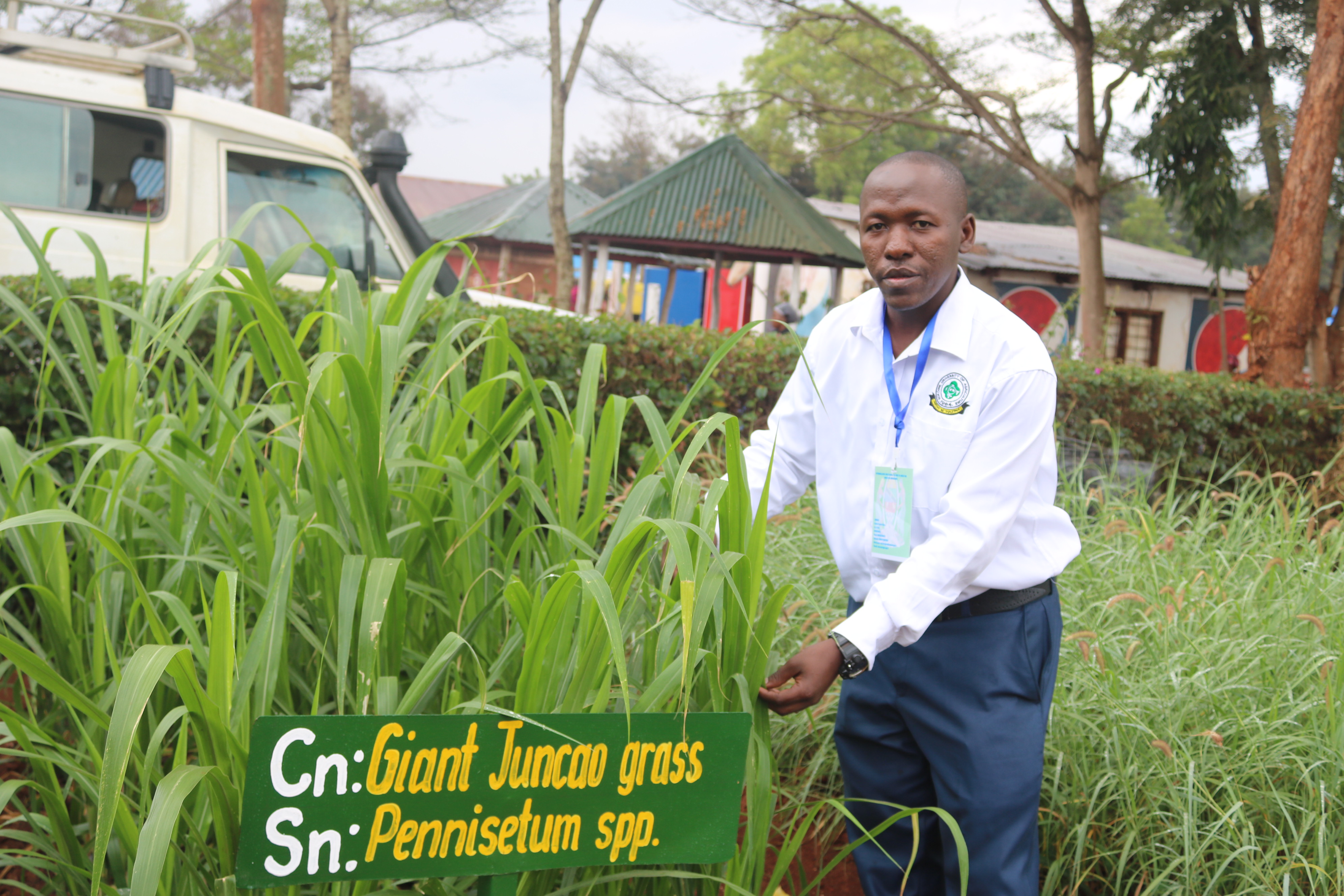
In October 2018, Dorice L. Lutatenekwa (PAS/D/2018/0002) enrolled for a PhD program in the Department of Animal, Aquaculture, and Range Sciences (DAARS) within the College of Agriculture (CoA) at Sokoine University of Agriculture (SUA). She is employed as an Assistant Lecturer in DAARS at SUA. Thesis Title: “Characterization of Cenchrus Ciliaris (African Foxtail) Ecotypes from […]

Bacteria have been previously engineered to detect diseases by responding to specific metabolites or pathogens. Currently, species of bacteria have been engineered to detect specific mutations in human DNA. Using CRISPR gene editing, researchers at the University of California, San Diego (UCSD), and colleagues from Australia, have engineered bacteria that can detect the presence of tumor […]

African foxtail grass (Cenchrus ciliaris), also known as buffel grass, is indeed a popular forage option in many tropical regions, including Tanzania. It’s known for its drought tolerance, adaptability to a variety of soil types, and its ability to provide good forage for livestock, particularly in arid and semi-arid areas. African foxtail grass is considered […]


1. Global Gene Therapy Training The American Society of Gene & Cell Therapy in collaboration with Muhimbili University of Health and Allied Sciences welcomes you to Join us for the second year of our FREE virtual course If you’re an academic faculty member teaching at an accredited university or medical school in sub-Saharan Africa, apply for this eight-part course. ASGCT recently earned a Power of […]
